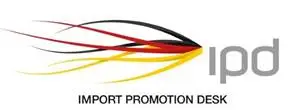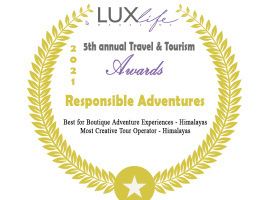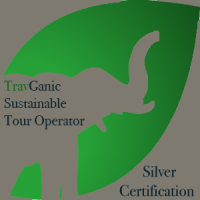Tourism in Bhutan
The Government of Bhutan allowed tourism to begin in 1974 to promote its unique culture and traditions and raise revenue in the otherwise isolated Kingdom. Bhutan government’s slogan for tourism is “Low Volume, High Quality.” Two hundred eighty-seven tourists visited Bhutan in the first year. Tourist arrivals increased steadily to 2850 in 1992 and 7158 in 1999. These days the number of visitors to Bhutan is around 80,000. Tourism is a massive contributor to the Bhutanese Government’s coiffeur and one of the biggest employers. However, the government is profoundly aware of tourism’s effect on the environment, unspoiled landscapes, and tourists’ unique culture. Therefore, they have restricted the level of tourist activity from the start, preferring higher quality tourism. Bhutan Tourism Corporation Limited (BTCL), and quasi-autonomous and self-financing body, implemented the government’s tourism policy until 1991. The Bhutanese government privatized BTCL in October 1991. These days more than 800-registered travel companies are operating in Bhutan. All individuals or groups must travel on a pre-planned, prepaid, guided package tour in Bhutan. Most foreigners aren’t allowed to go independently in the Kingdom. The arrangements must be made through a government-registered travel company or an overseas tour operator.

The most important tourism centres are in the capital Thimpu, Paro’s western city, where the only international airport is located in the Kingdom. Taktsang, also called the “Tiger’s Nest,” is a monastery on a Cliffside overlooking the Paro Valley. This is an incredibly sacred temple to Buddhists. A Buddhist deity is housed in a cave in the Temple. It is believed this Deity introduced Buddhism to Bhutan and fasted for 90 days while fighting the demons that inhabited this valley to spread Buddhism. This impressive Temple has stood for more than a millennia despite two fires (the repaired damages). Punakha Dzong (fort) is another important site to visit. It is the second-largest Dzong in Bhutan and is still a significant ceremonial venue for the Royal family. For example, the current king’s coronation and the wedding took place here.

Druk Air, the National Carrier, and Bhutan Airlines (private airlines) operate flights in and out of Bhutan.
The current minimum daily package includes the following:
1) A minimum of 3-star accommodations – you can upgrade to 4 and five stars for an additional charge.
2) A licensed Bhutanese tour guide for the period of your tour package.
3) All transportation by road (excludes domestic flights), if you are also trekking – camping equipment and portage of all gears and food during the trekking period.
4) It includes all permits, entrance fees, and meals – breakfast, lunch, and dinner.

The minimum daily package cost for tourists travelling in a group of 3 or more during the low season months of January, February, June, July, August, and December is US$200 per person per night. The minimum daily package rate for tourists visiting in a group of 3 or more during the high season months of March, April, September, October, and November is US$250 per night per person.
If you are a single traveller, the government charges an additional F.I.T. surcharge of US$40 per night.
If there are two of you, you must pay an additional US$30 per night for your Bhutan tour.
The Royal Government of Bhutan sets minimum selling prices for packages to Bhutan. These must be paid in U.S. dollars before arrival in Bhutan.
Cancellation
Please discuss with your service provider (tour operator) the cancellation policy.
All Bhutan Tours are prepaid, so you’ll only need money for drinks, laundry, souvenirs, and tips; for this, it is best to bring cash. A.T.M.s are available in most main towns. However, it would be wise not to rely entirely on being able to use plastic. Credit cards are accepted in some hotels and souvenir shops, but only in major cities or “tourist” areas. The currency unit is the Ngultrum (Nu), pegged to the Indian rupee. The Ngultrum is further divided into 100 chetrums. Indian rupees are used freely throughout Bhutan (don’t be surprised if you get the change in rupees). Officially 500 and 1000 Indian rupee notes are not accepted due to large counterfeit bills. It is OK with the Bhutanese to bring a reasonable amount of Indian currency into Bhutan, though Indian regulations prohibit currency export.
















